TO: His Royal and Glorious Majesty Charles II, King of Spain, New Spain, Duke of Milan and Naples, and Lord High Commander of the Ocelot Resistance Legion (as per His Royal Decree)
BCC: First Lord Jean Orry, Lord Chancellor Alfredo Rivera y Monrada, Lord Chief Justice Ricardo Mosquera, Lord High Constable Simon de Castaneta, Lord High Admiral Hipolto Velasquez. My editorial comments that would only serve to unnecessarily burden His Hard-working Majesty are in italics.
FROM: Minister of the Americas Juan José Gonzales
SUBJECT: Americas report, 1700-1704
My King,
Thanks to the Lord’s good will and your blessing, we have made moderate progress in the Americas these past few years. I can only hope that His Majesty’s divinely-inspired guidance will only serve to further continue our progress in the future.
Whoever was responsible for selling off Naples to the Italian States and Lombardy to Savoy has my sincere thanks. The money gained from these purchases was enough to finance investment and continued operation in the Americas. I seriously doubt we would have been able to do anything without that money and the investments I made afterwards.
Our early years were marked by Cherokee incursions into Florida and St. Augustine, as well as pirate aggression. Our first such engagement took place off the south coast of Florida, as our Admiral Jose de Santillán, commanding a small fleet, did battle with a similarly-sized pirate force.
However, the Admiral proved that proper naval academy training is more than a much for “liquid courage”, as the savages like to call their improper drinking habits. Our ships quickly surrounded and made quick work of the pirate threat.
I apologize to the Lord Chancellor for not selling the captured Galleon and adding money to the treasury. Our fleet afterwards, while still intact, was badly damaged, and the extra Galleon proved to do much to both increase our firepower and keep subsequent would-be pirate attackers away.
Six months after, the savage Cherokee rabble declared war on us and quickly invaded Florida, heading for St. Augustine itself. As Your Majesty is aware of, this was the same season in which both Venice and the United Provinces declared war on us (but not their allies the British or the Austrians, thank the Lord. We were and are nowhere near ready for a sustained conflict with either of them, although I suspect I may hold my own in this theatre better than any of you may do back home). I doubt the Cherokee lack the organization or mental capacity to coordinate such an incursion with our new European enemies, which means that an unhappy coincidence is the most likely explanation.
The odds were about even, with our forces being compromised of mostly militia and armed citizens. It would therefore be up to our strategic usage of St. Augustine’s walls that would secure the day.
In the beginning of the fight, our infantry, not being experienced or well-trained, was caught a bit disorganized and were taken advantage of by the Cherokee, who obviously had a plan. Our men had to rush over to an undefended section wall that the savages were scaling and barely arrived there in time.
The fight for the walls was a very bloody affair, I hear. There is nothing that savages love more than killing, and there is nothing our noble soldiers love more than defending our homes. As such, both sides fought with a zeal, and our side’s bravery more than made up for its disorganization.
Lord High Constable Castaneta, please inform your generals that it would be wise to have a sound wall defense plan in place before any such area is attacked. It will serve to minimize casualties, as this idiot commander Zuniga so demonstrates.
Despite our men’s bravery, however, they were not able to cover all sections of the wall, and thus some of the Cherokee were able to slip through and race down to the fort itself. Luckily, our gallant Pikemen were able to meet them in a glorious counter-charge.
The impact was such that the few savages that survived it raced back up to the walls.
Frankly, I would have much preferred a musket volley from an unspoiled regiment of line infantry. This “glorious countercharge” stuff is best left to reading about the great battles of previous ages. As such, our casualties were higher than they should have been.
Meanwhile, the battle on the walls raged on, with both sides engaging in melee. Their weapons were specifically made for this purpose, however, our muskets and attached bayonets had a longer reach. Therefore, we were properly able to hold off the tide and protect the city’s helpless women and children.
In actuality, this was only the case for one section of the wall. In at least two other places, the breach was greater, as the Cherokee warriors easily overwhelmed our brave but altogether useless armed citizens. Again, I must thank whoever it was that got us the money to invest, as future soldiers in the Americas would be more ready to take on the enemy in combat.
Despite our heroic efforts, the savages did not know exhaustion and battered their way over the walls into the main fort. It was at this point where they were met by a glorious cavalry charge. The commander reports it being so effective that the Cherokee instantly routed. St. Augustine had been held thanks to a combination of good tactics and valor.
All in all, we lost about all of our infantry. If it weren’t for the cavalry charge the fort would have been taken and Florida would have been lost.
In the aftermath of this victory, I desperately recruited reinforcements in order to bolster the garrison back up. This was primarily because I knew the Cherokee would be back, but also because, as His Majesty knows, the French protectorate of Louisiana declared war on us and would probably be invading. Luckily, King Louis declared neutrality in the conflict, breaking his alliance with us but also being gracious enough to maintain trade with us and not attack.
A year and a half later, in the summer of 1702, the Cherokee did return with about the same force as before. We had less men defending the walls than before, but one of our regiments was made of expertly-trained colonial line infantry, which would do a much better job of holding off the enemy than militia or pikemen.
I also hoped that Zuniga would learn from his defensive mistakes of the previous battle. It was at this point where I started thinking about recruiting a legitimate general for the area.
The walls quickly swarmed with the bare-chested savages. Some of them charged straight for the center of the fort, where they were met with a devastating cavalry and artillery barrage, causing them to fall back in panic.
Our artillery and cavalry got pretty much massacred. Zuniga tried the cavalry charge again but there were too many enemies this time in too good of a condition. The artillery volley would have been a lot more devastating if we followed the Prussians’ example and our cannons were equipped with that type of shot that fires out dozens of tiny balls instead of one big one. Can someone please get another school besides that one we have in Salamanca built?!
Upon the Cherokee’s withdrawal, the fight quickly turned onto the walls – more specifically, the ramps leading between the walls and the center of the fort. Our gallant line infantry did their job and proved that they were as well-trained and disciplined in hand-to-hand combat as they were in long-range.
Eventually,
-after there were simply no more people left to kill-
the line infantry’s discipline proved too much and the Cherokee once again retreated from St. Augustine.
Once again, the St. Augustine garrison was rendered almost nonexistent. Wasting no time, I decided that it was no longer financially prudent to keep staying on the defensive. The Cherokee’s closest territory was Savannah, Georgia. Savannah was also the place where both of their previous armies had come from. These two factors made it a logical choice to make our next gains in America.
As it was now easier to train line infantry in St. Augustine, I wasted no time in doing precisely that. Leaving a small force in Florida, two regiments of line infantry and a battalion of artillery advanced, finding Savannah undefended save for to regiments of armed tribesmen that were obviously “citizens” of the city that had risen up to defend their homelands.
Despite the fact that it was raining, thus somewhat nullifying our gunpowder advantage, the bottom line is that Your Majesty’s soldiers could shoot and the enemy could not.
And shoot they did.
Savannah fell without a casualty on our side. We now share a border with the British Colonies, and the Cherokee are now cut off from the Atlantic Ocean, not that they know how to navigate its waters anyway.
We now stand in America with the pirate threat somewhat neutralized and the Cherokee threat greatly neutralized. I am now shipping forces in from our Caribbean possessions to the mainland in order to meet up with our men already there. We shall make an advance on New Orleans and, God willing, exercise full control over the Gulf of Mexico shortly.
Keep the money coming, guys.








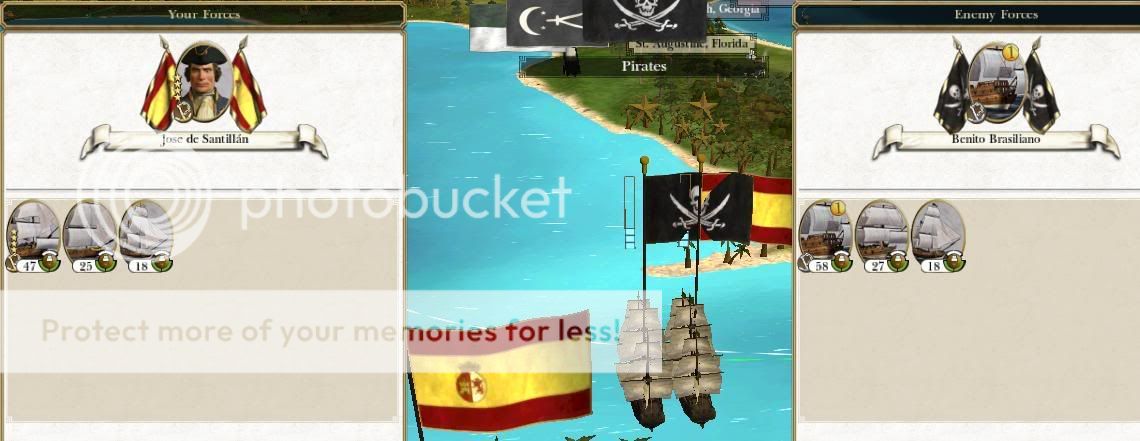
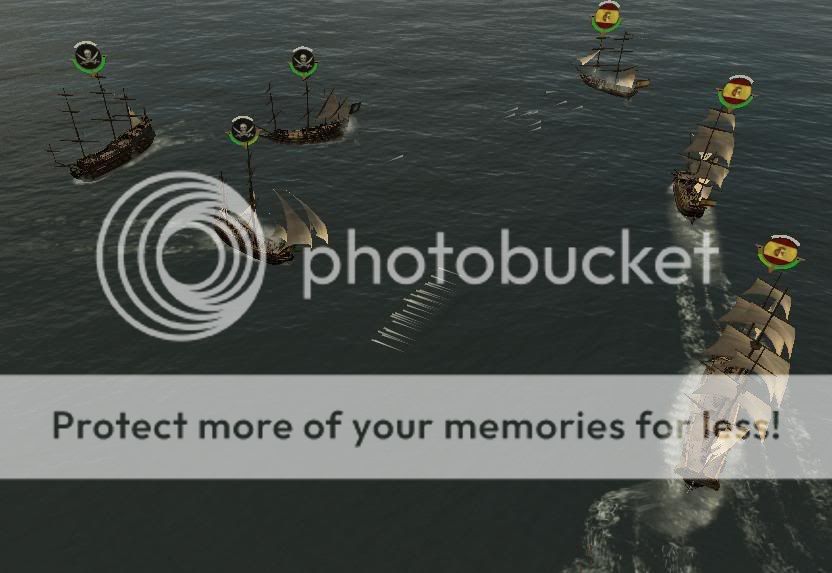
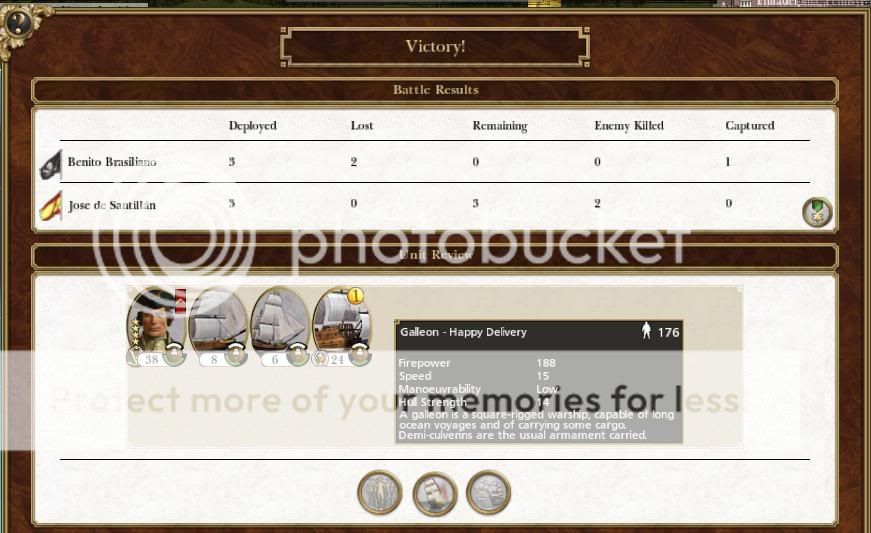
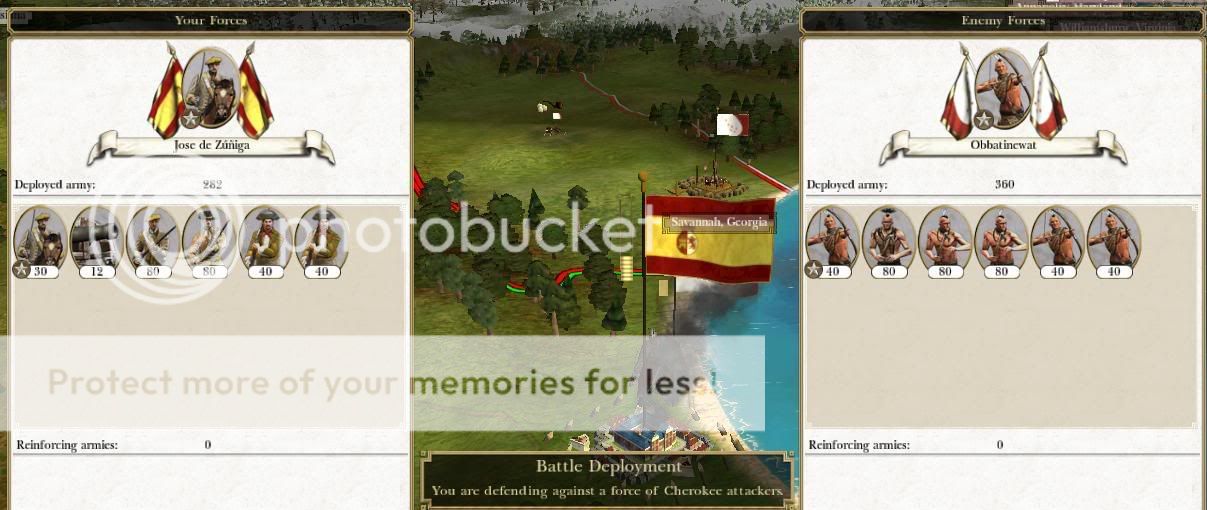
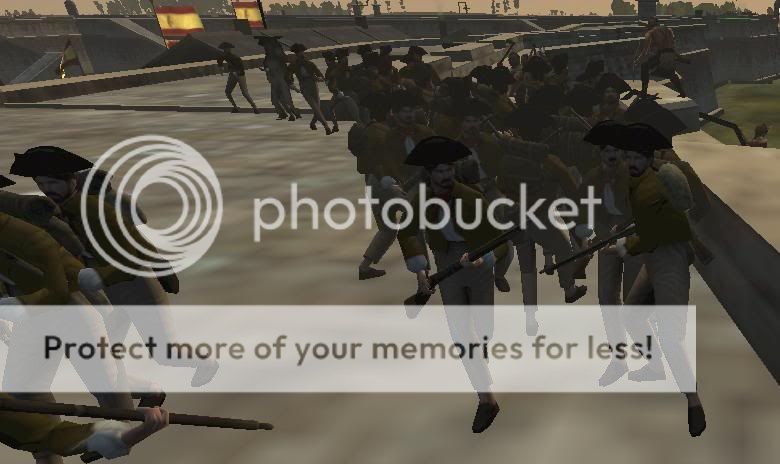
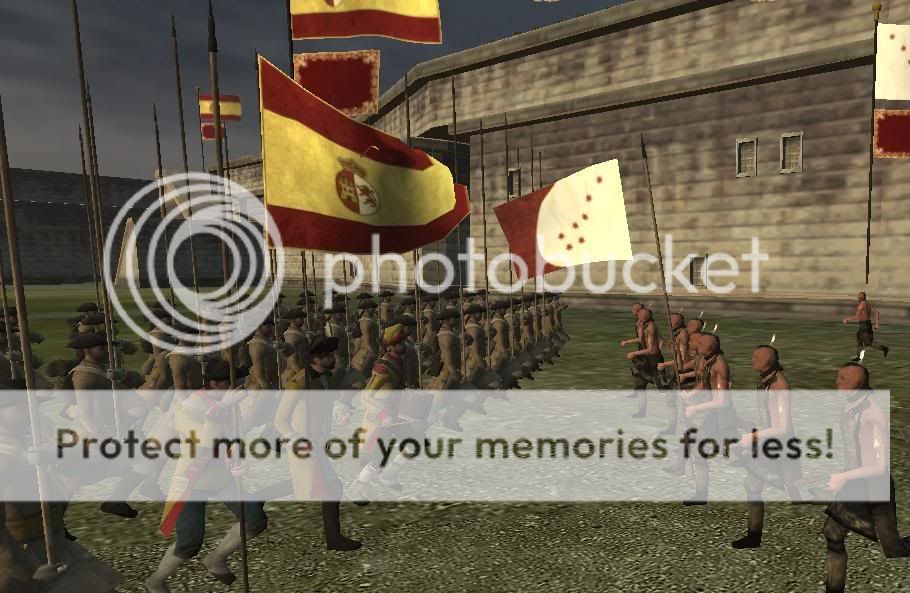
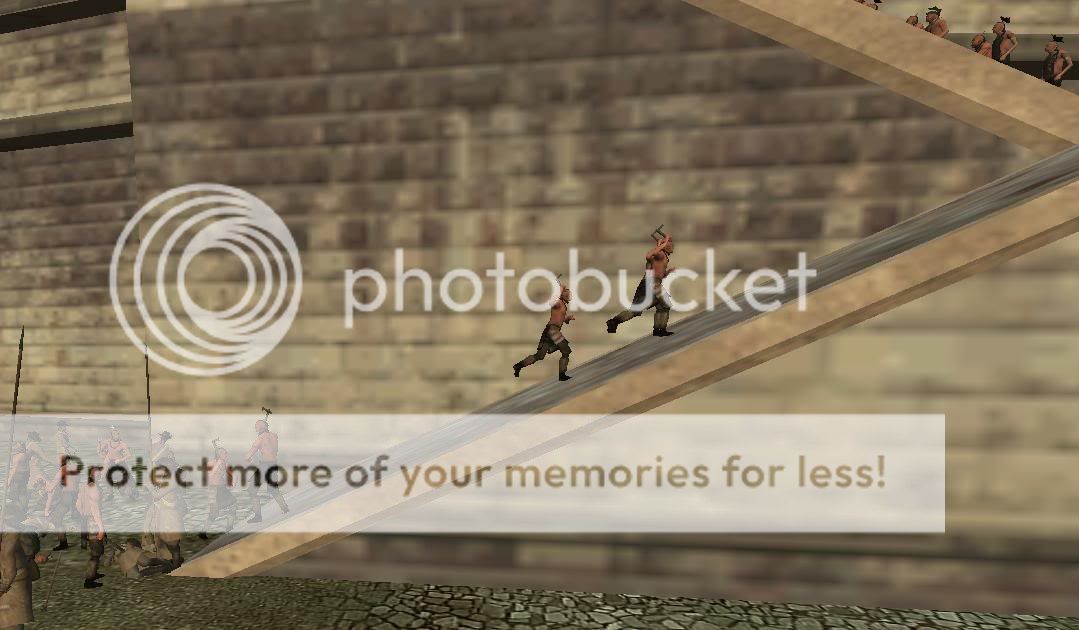
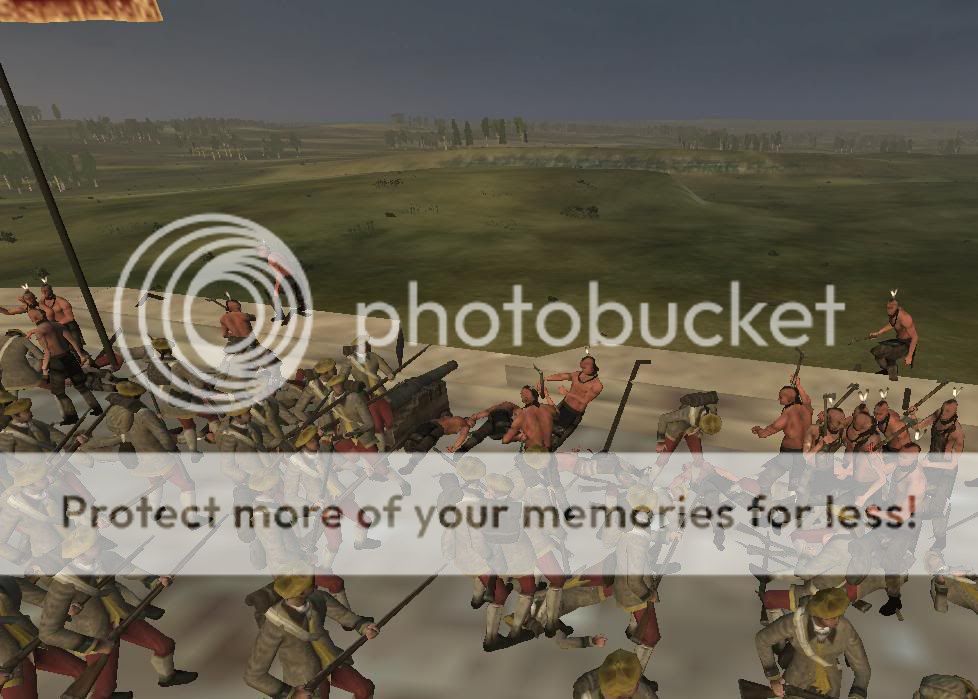
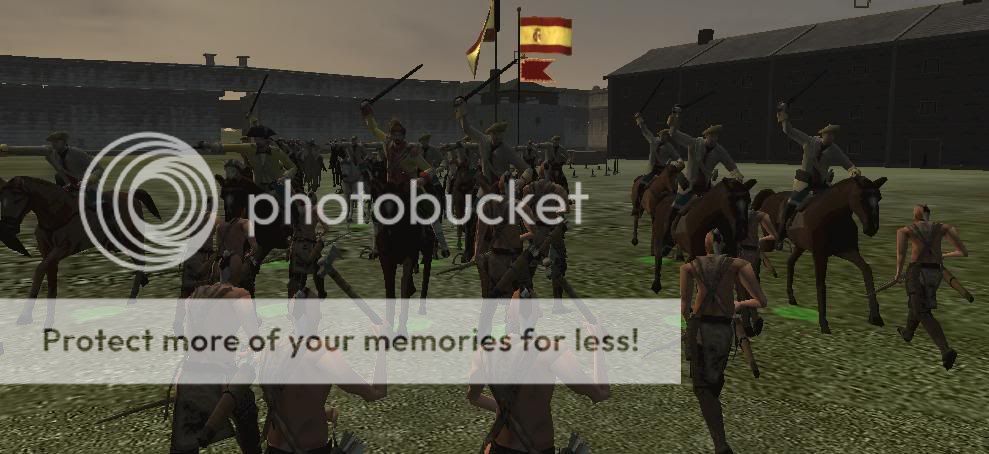
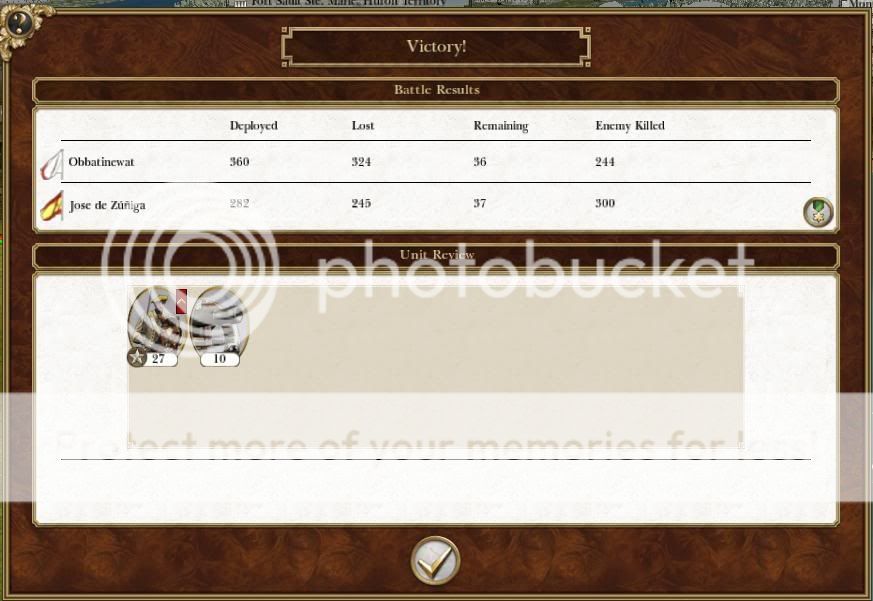

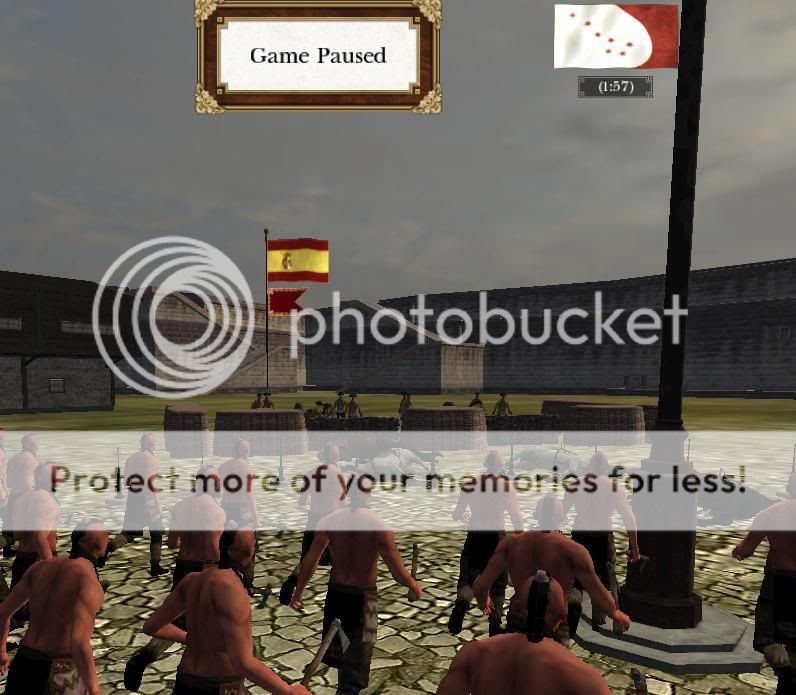
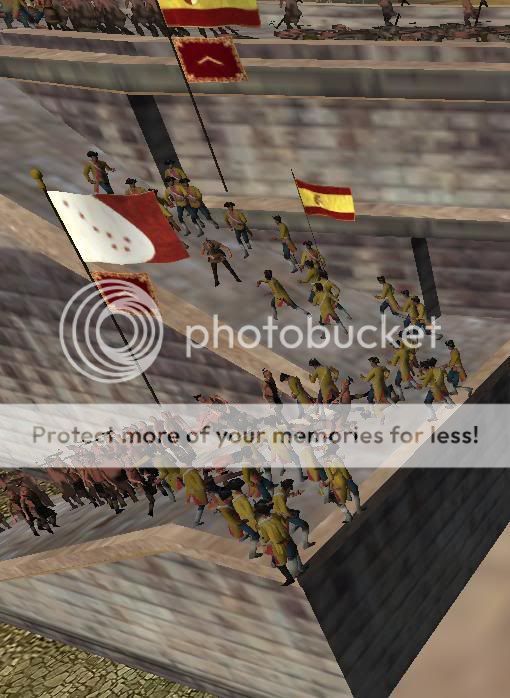
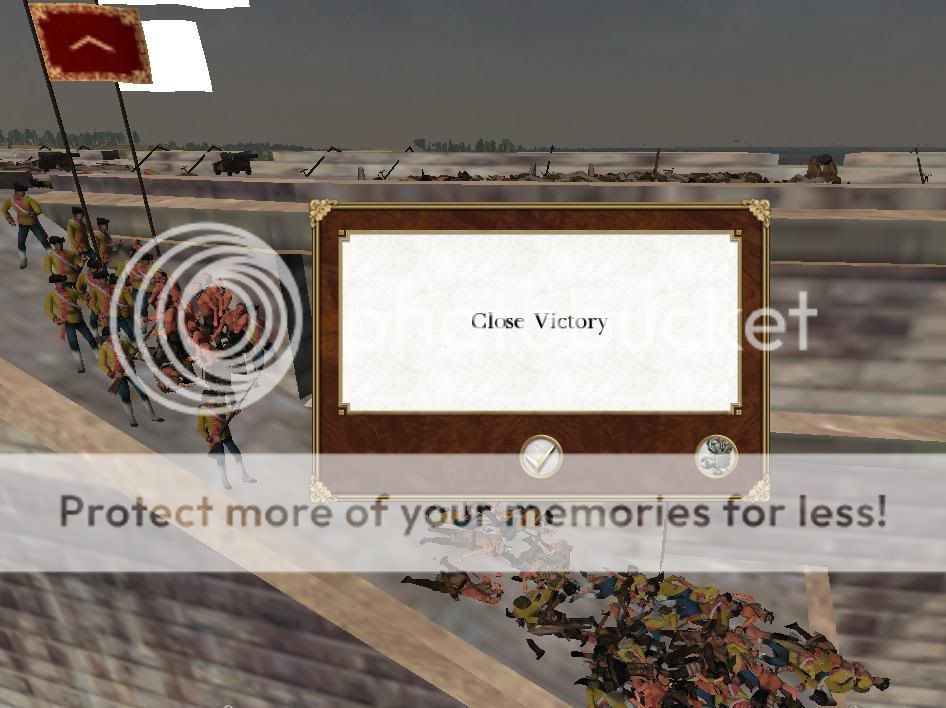
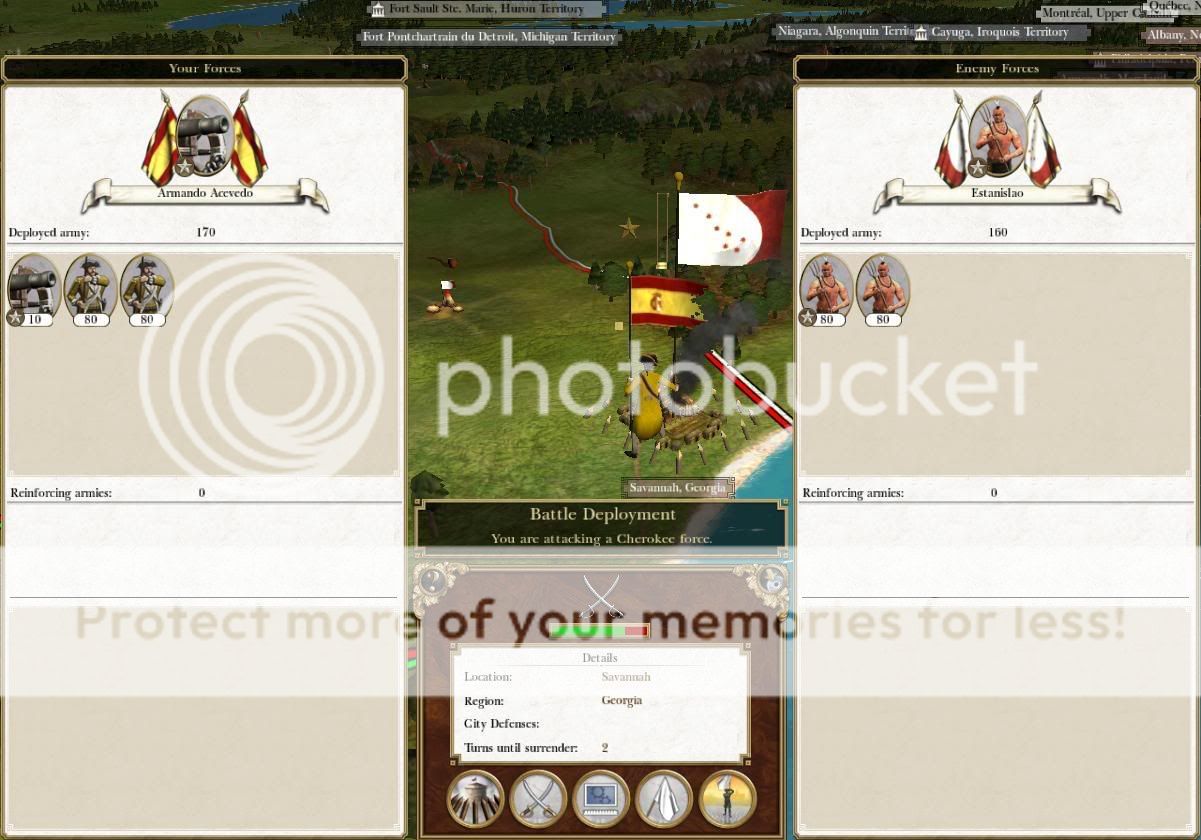
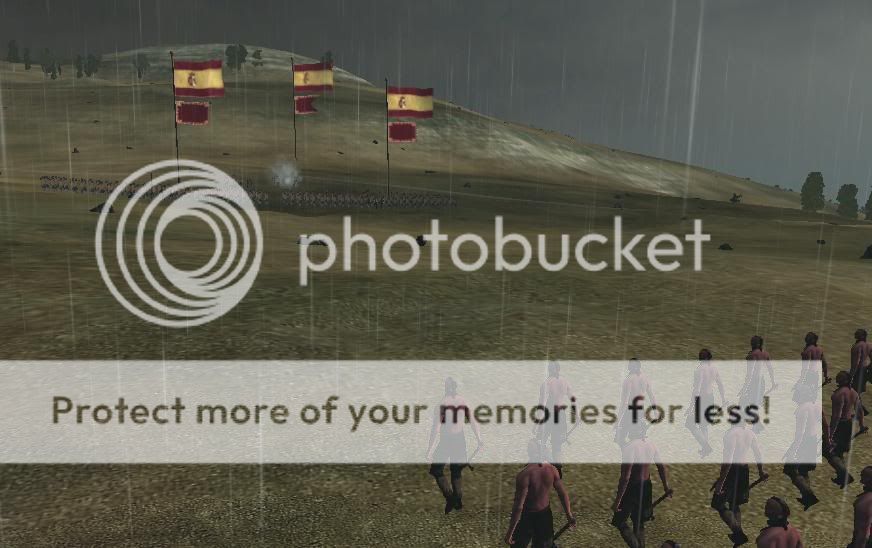
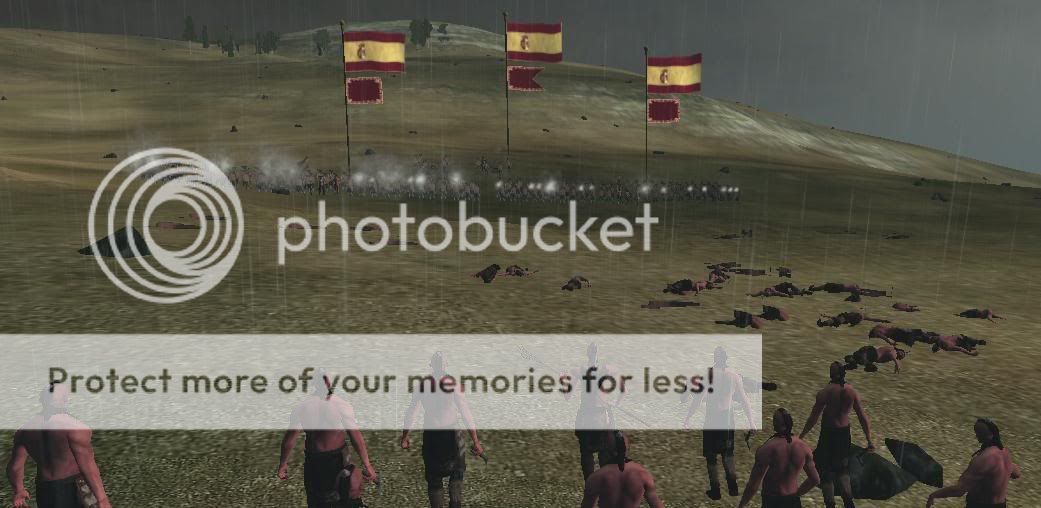
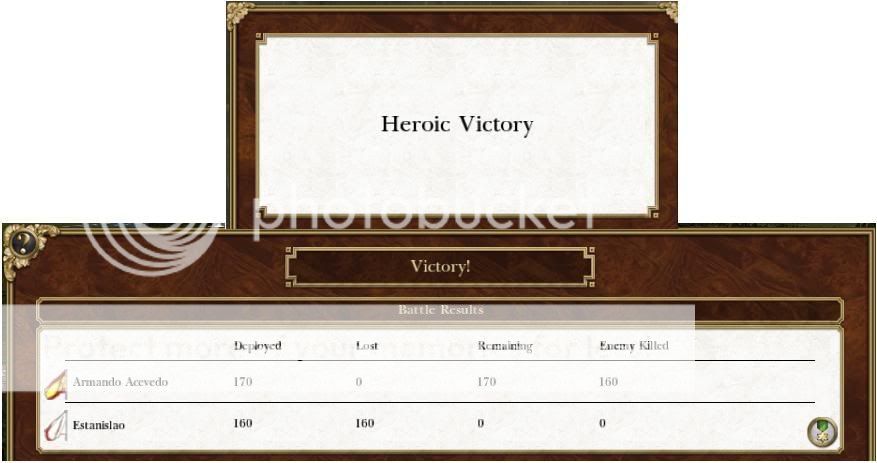



 Reply With Quote
Reply With Quote
Bookmarks